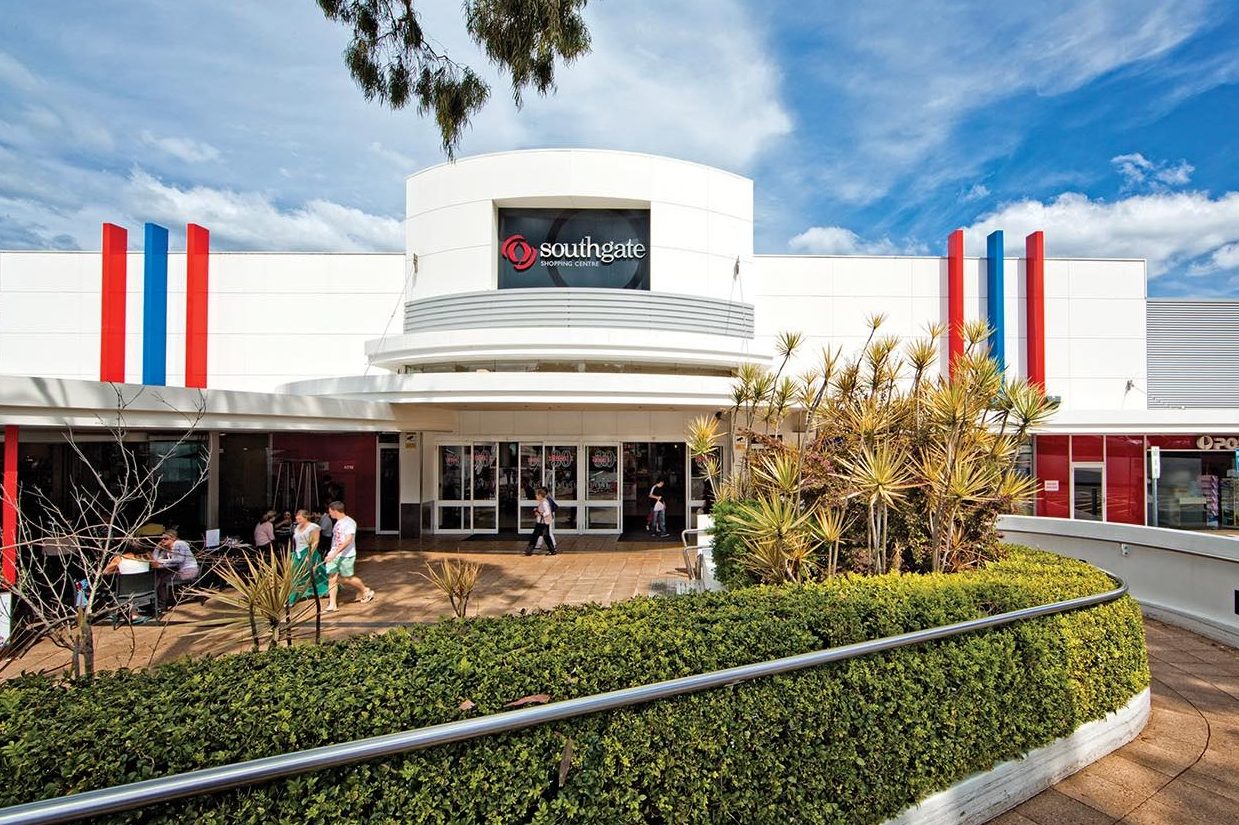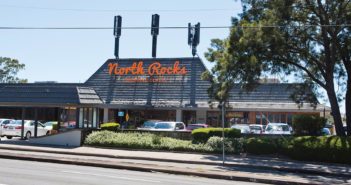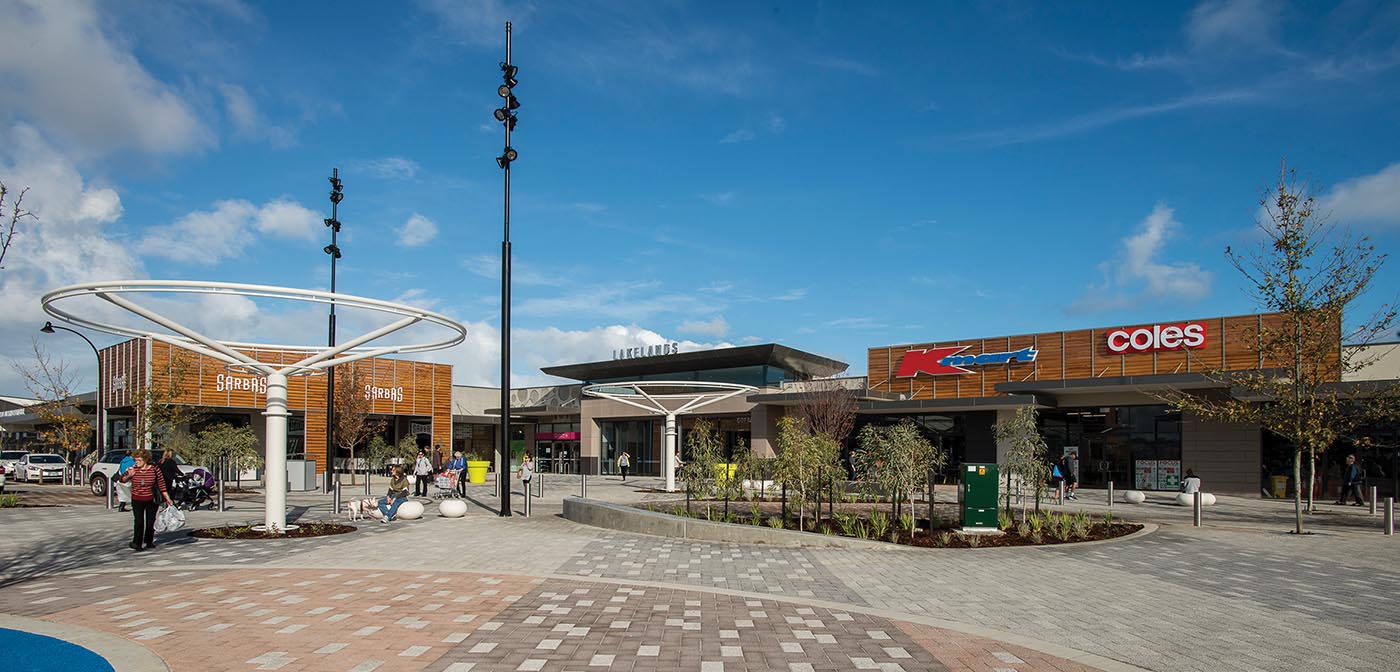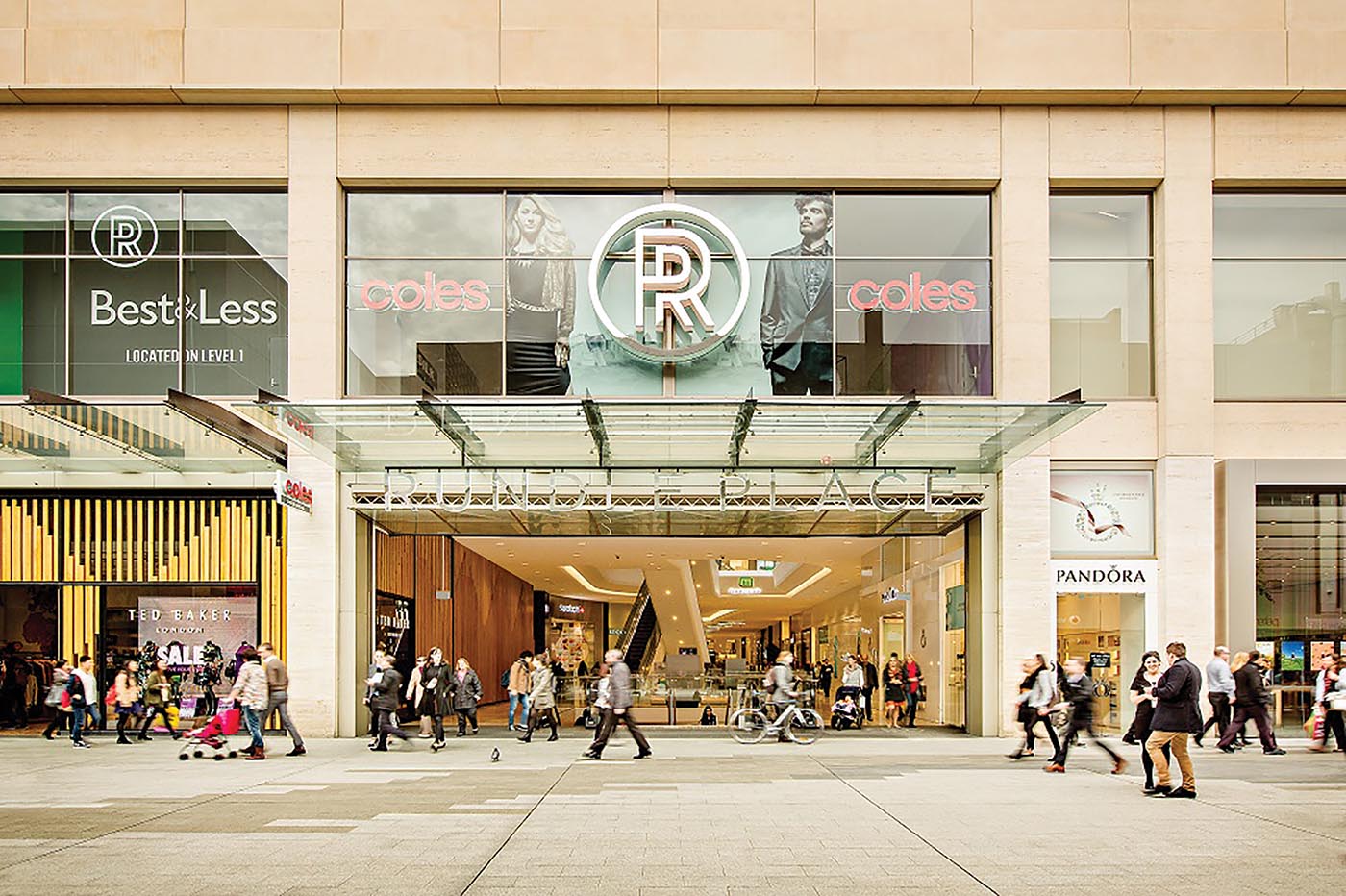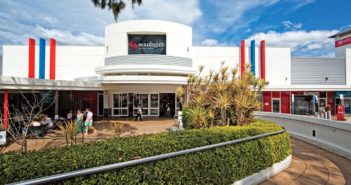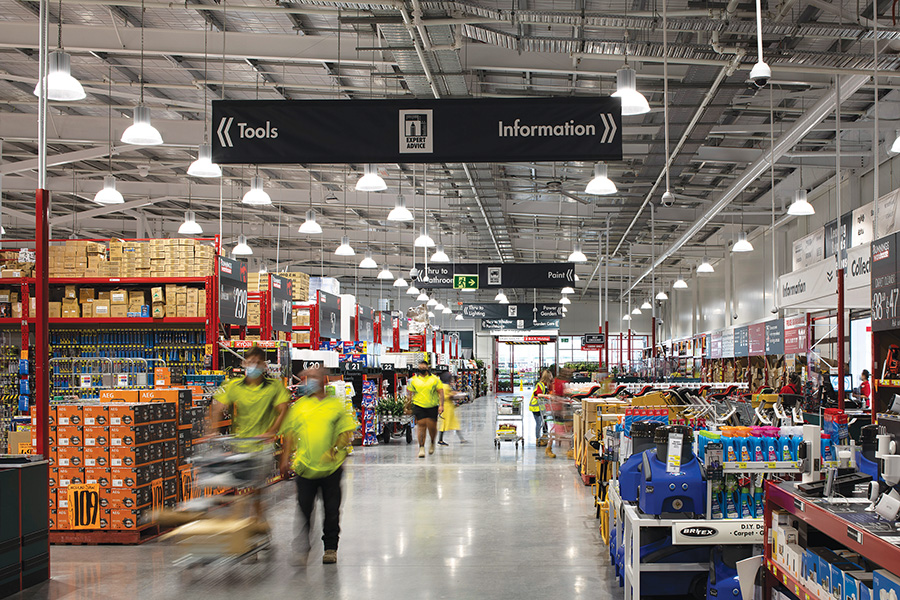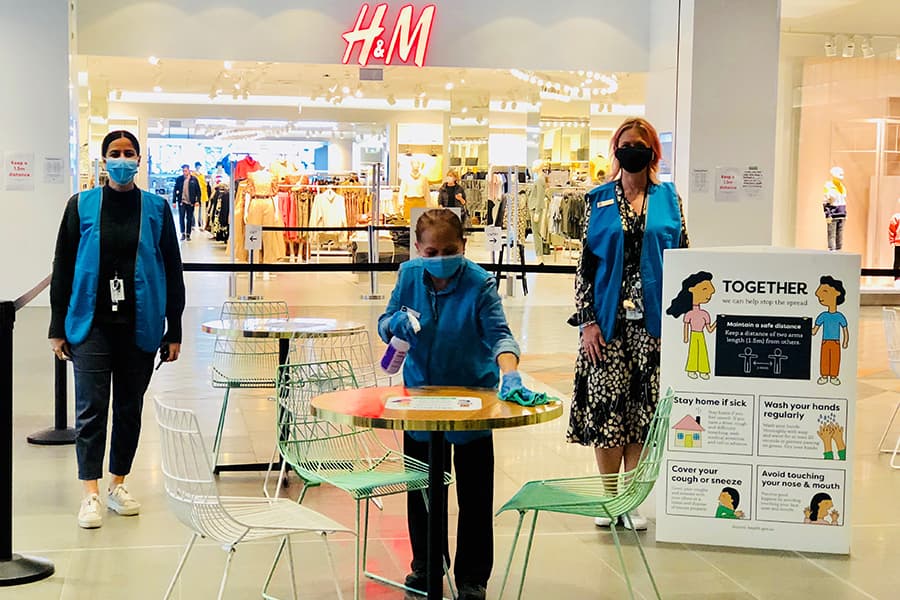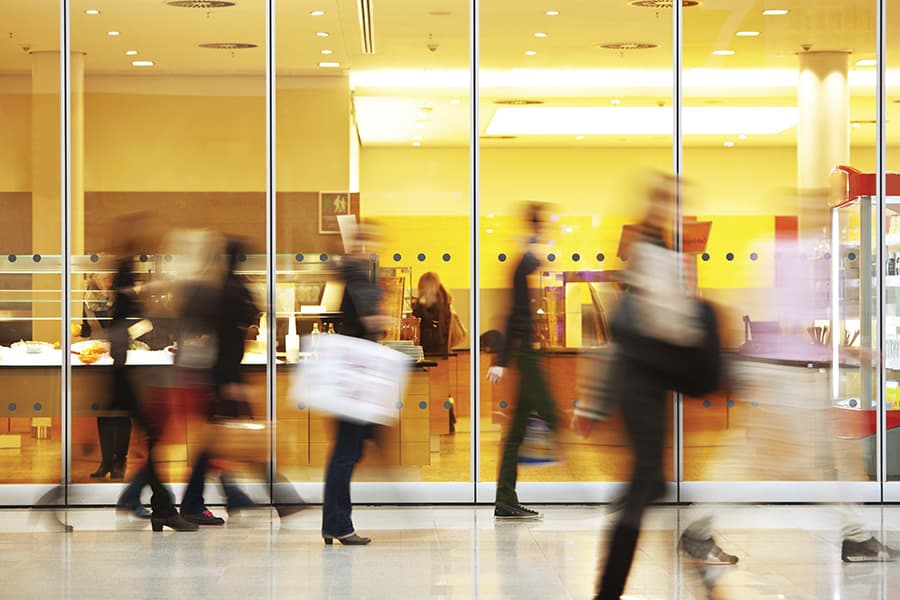JLL’s latest retail survey shows food-based retailing strategies continue to be top of mind for shopping centre managers looking to improve performance of their centres.
The ongoing relatively strong performance of food-based and non-discretionary retailing has been highlighted in JLL’s latest national retail survey. The Retail Centre Managers’ Survey, undertaken in August across 119 Australian shopping centres under JLL management, found that the performance of anchor tenants continues to be a key in maintaining high occupancy levels to combat retail vacancy in centres.
Pressure on rental income and increased incentives were major themes in the survey, with landlords reacting to these pressures by undertaking refurbishments to increase the attractiveness of their centre to both tenants and customers.
With strong competition among shopping centres and rising vacancy rates, the shopping centre market has increasingly become a tenants’ market, with very good deals available. However, some landlords continue to hold firm on rental expectations and have struggled to attract and retain key tenants.
The strong competition apparent in the shopping centre industry is set to continue at least over the next two years, with forecast completions for suburban shopping centres expected to be higher than the last five years.
Vacancy rates increased in both neighbourhood and sub-regional centres, with sub-regional vacancy reaching 3.8% in June 2017, up from 3% in December 2016.
Sales per customer
There was an improvement in average sales per customer visit in the JLL-managed portfolio of sub-regional centres, increasing from $36.29 per customer for the year to December 2016, to $38.11 for the year to June 2017.
Sales per customer have been relatively stable over the 5–6 years that the survey has been conducted, and generally in the $36-$38 per customer visit range. Competition amongst supermarkets has often been identified as leading to some price deflation in supermarket sales, and impacting on sales per customer. However, turnover from some majors has improved and is supporting sales growth per customer. Further, we note that the Consumer Price Index for June 2017 highlights annual growth of 1.9% in food and non-alcoholic beverages.
Sales turnover
Sales turnover was for the year to June 2017. We note that monthly retail trade figures released by the ABS for July and August have shown a slight decrease in turnover. Average sales turnover was quite stable in sub-regional centres, with sales growth of 0.7% in the 12 months to June 2017. This was an improvement on the December 2016 result, when the average centre MAT reported a decline of 0.3%.
Overall centre turnover growth was stronger than specialty turnover growth, suggesting the recent poor trading performance of some anchor tenants has improved and is now driving turnover growth in centres. Centre managers reported that recent store refurbishments by supermarket majors had contributed to improved customer traffic and sales. In markets such as SA and WA, some centres have benefited from the recent introduction of ALDI stores, who have continued their rapid expansion since entering the local markets in 2016.
Part of the explanation for weaker overall performance from specialty stores within sub-regional centres is due to the higher vacancy rate reported in June 2017 (3.8%) compared to December 2016 (3.0%).
Annual neighbourhood centre sales increased marginally by 0.3%. This low growth figure highlights the strong competition amongst shopping centres, particularly in the supermarket sector. Furthermore, increased vacancies within JLL-managed neighbourhood centres may have impacted this result.
A range of non-retail services such as medical centres, financial services and travel agencies that do not report retail sales have replaced retail tenancies in some neighbourhood centres. This has effectively reduced the amount of centre floor space that reports sales turnover.
According to the ABS, retail trade across Australia grew by 3.2% in the year to June 2017. However, much of this growth is expected to be absorbed by the continued increase in new shopping centre floor space or attributed to growth in other retail categories, such as bulky goods centres, large regional centres, and stand-alone retailers.
Both 2017 and 2018 are forecast to be stronger years for completions than any of the previous five years.
Completions are expected to be strongest in neighbourhood centres, driven by growth in new centres serving new communities; and extensions to regional centres, with expansion by major international retailers driving much of this growth.
Rents
Sub-regional centre specialty rents reported modest growth of 2.4% for the year to June 2017. This is higher than the growth reported in the last two surveys and is slightly above the inflation rate of 1.9% for the year to June 2017. However, specialty rents in neighbourhood centres reported a decline of 0.9% in the year to June 2017.
The market remains a tenants’ market, with enquiry levels subdued and new and sitting tenants expecting good deals to commit to new leases. Respondents highlighted that discretionary spending categories in neighbourhood and sub-regional centres were struggling and highlighted the strong competition among centres.
Centre performance and trading environment
We asked centre managers for their views on the future performance of the centres they manage.
There was a slight improvement in sentiment amongst centre managers with regard to sales growth expectations, but overall the expected growth remains quite modest.
53% of respondents expected some sales growth in the year ahead, up from 47% in February 2017. Most respondents expected growth to be no more than 3% per annum. Nationally, consumer sentiment has been weak for an extended period of time. The Westpac-Melbourne Institute Survey of Consumer Sentiment has been below the 100 neutral mark between December 2016 and August 2017, dropping to a low point in August of 95.5.
20% of respondents expected a decline in sales turnover over the next 12 months, slightly lower than the 23% recorded in February 2017. A range of reasons for such a decline were given, including strong competition in the catchment, the loss of a key tenant, the need for the centre to be refreshed/ refurbished, and current vacancy issues.
We asked centre managers what factors were impacting turnover performance in either a positive or negative manner. The most positive factor continues to be changes to tenancy profile. Centres with existing vacancy have an opportunity to improve tenancy mix, although the current environment has created challenges in securing the right tenant to fill gaps in the mix.
Some centres highlighted growth expectations within the trade area and planned refurbishment activity should drive growth over the next 12 months.
It was also evident that some retailers are discounting in order to attract sales, and this is impacting gross margins and not sustainable in the long term.
Competition from other centres remained the key area of concern (net balance -38%). Economic outlook (-23%) and online retailing (-25%) were also highlighted as concerns by a number of respondents.
We note that the vast majority of respondents do not consider the political environment, exchange rates or fuel prices to have a significant positive or negative impact on the trading environment over the next 12 months. Over 80% of respondents indicated these factors are likely to have a neutral impact on trade.
The impact of e-commerce is one of the key factors influencing retailer and Centre Manager sentiment at present. E-commerce has been an evolving trend for some time now, but the attention it has been getting increased notably in 2017.
Online retail sales in Australia were $22.7 billion in the 12 months to June 2017 according to NAB, and now account for approximately 7.4% of traditional retail sales. Online retail penetration remains relatively low in Australia at present in a global context. By comparison, in 2016, online retail sales accounted for about 18% of total sales in South Korea, 17% in China, approximately 15% in the UK and 11% in the USA (Euromonitor). Over the next five years, online retail spending in Australia could reach 11.5% of total retail spending. We estimate if that were to occur, it would result in a slowdown in the rate of growth in physical retail sales by approximately 0.45% p.a. over the five year period.
As traditional retailers rapidly seek new ways of utilising technology to grow and strengthen their business through digital channels – whether that’s e-commerce, digital wallets, virtual concierges, personal media, social media engagement or ‘click and deliver’ services – many landlords are also thinking about technology, and how it will integrate and complement the physical retail environment in the future. Technology also provides an opportunity for those owners who can adapt and utilise technology to differentiate their centres.
Centre Managers are responding to the changing environment by providing the best possible places for people to shop, socialise and dine.
A redevelopment upswing is underway as owners reconfigure and refurbish shopping centres to install technological infrastructure for customer analytics, to provide upgraded and expanded casual dining precincts and to introduce new brands and services to their centres. Owners and Centre Managers are constantly seeking new ways to innovate to improve customer experience, drive foot traffic and increase retail spending within their centres.
Other issues highlighted in the survey included the following:
• Competition amongst centres continues to create a tenants’ market, characterised by expectations of high incentives, capped occupancy costs, and lower base rents. There is also an increase in tenants asking for turnover deals
• Rental expectations of landlords and shorter-term commitments are holding back improving the occupancy rate and tenancy mix, ultimately to the detriment of other retailers in the centre. Centres with vacancy issues need to be flexible in order to improve long-term performance
• The store rollout of expanding retailers relatively new to the Australian market is leading to the erosion of sales in existing stores
• Attracting a quality food and beverage offer continues to be a major strategy for shopping centres, particularly food catering/casual dining precincts
• A quality fresh food offer is also a desired strategy, but Centre Managers continue to report the difficulty tenants face against the major supermarkets. Creating a niche offer is critical to success
• Continued interest from non-retail tenancies and services is seeing the make-up of shopping centres evolve.


